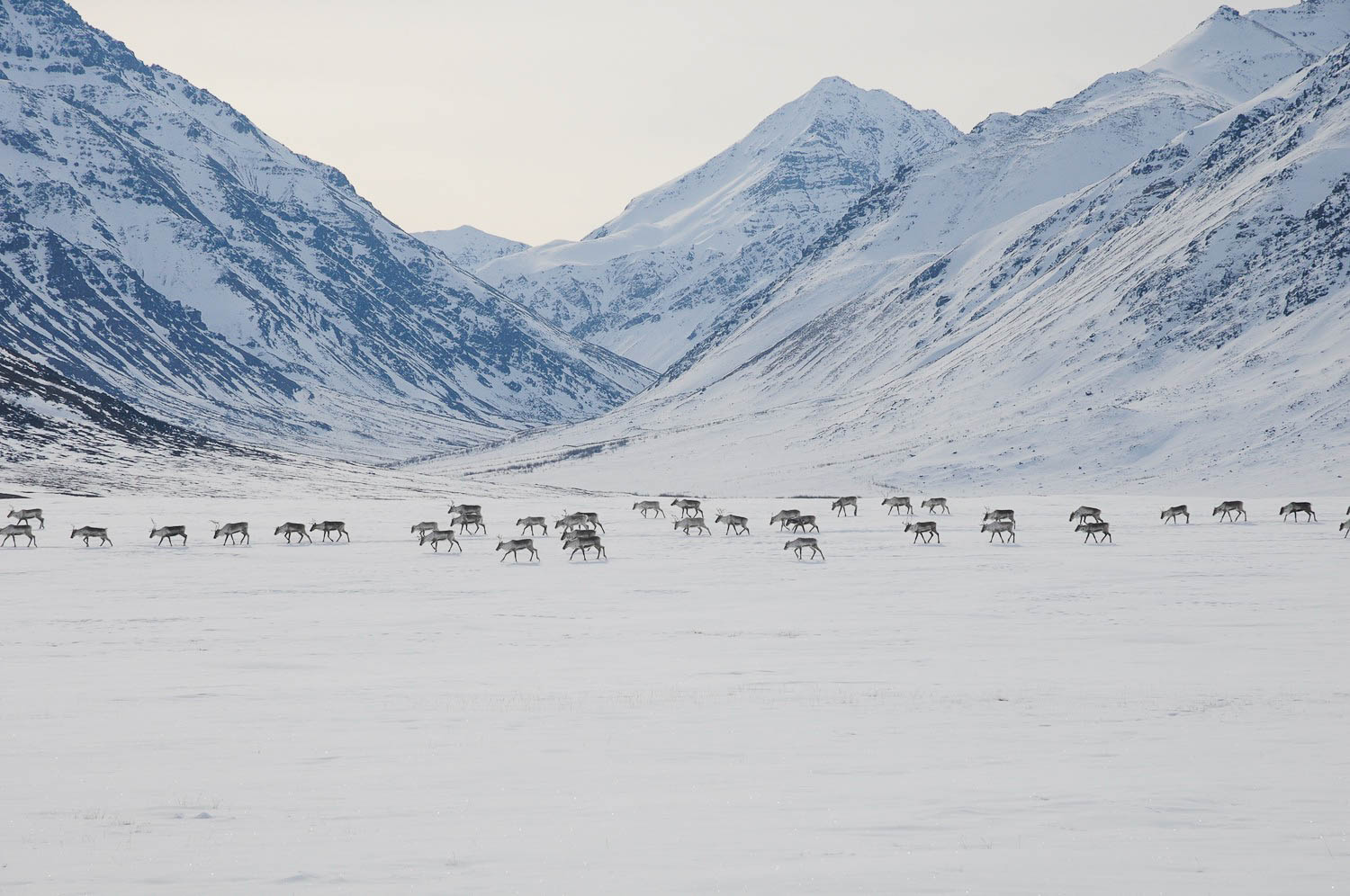The environmental review process is beginning for a controversial new road in Alaska’s Arctic

Should an Alaska state agency be allowed to build a 211-mile road into the wilds of the Brooks Range to enable mine development in a remote part of the Arctic?
That’s the question a multiagency environmental review is asking of a controversial proposal to build the Ambler Mining District Industrial Access Project, which could open commercial opportunities for mining of copper and other mineral deposits in a now-roadless part of northwestern Alaska.
The process is protracted.
A draft environmental impact statement is expected in March of 2019, with a record of decision expected in January of 2020, according to the U.S. Bureau of Land Management, the lead agency for the review.
The road project is being pursued by the Alaska Industrial Development and Export Authority, an Alaska state agency focused on economic development. AIDEA submitted its formal proposal in 2015 in the form of a right-of-way application to the Bureau of Land Management and other federal agencies with jurisdiction over territory in the proposed route. After agencies reviewed the application and received some additional information from AIDEA, the EIS process kicked off in February.
“So that’s what we’re doing – we’re responding to that request to grant a right of way across public land,” Lori Thorpe, a BLM planner leading the agency’s Ambler road review, said at a public meeting held Nov. 20 in Anchorage. “Our decision to be made is whether or not to issue a right-of-way permit and, if so, what conditions and terms would be attached to that right of way.”
The BLM is the lead agency on the environmental impact statement, Thorpe said, because the first 18 miles of the proposed road cross BLM land.
But the road, as proposed, would also cross state land, Native-owned land and land within Gates of the Arctic National Park, so state agencies and the National Park Service are involved in the EIS. The U.S. Coast Guard in involved, too, because the road would require bridges over navigable rivers, and the US Army Corps of Engineers is involved because would require some development in wetlands, Thorpe said.
The process is currently in the scoping phase, during which the public is asked to suggest issues the environmental study should. The BLM scheduled 11 scoping meetings between November and December for communities near the proposed road route, as well as Fairbanks and Anchorage.
If there is a road, mining in the copper-rich Ambler district will become commercially viable, the president of Trilogy Metals, the company most active in the district, said at the Alaska Miners Association convention earlier in November.
“You build a road, you’ve got a mine,” Rick Van Nieuwenhuyse, chief executive of the Vancouver-based company, said in a presentation on Nov. 8 at the miners’ convention, held in Anchorage.
At the Nov. 20 Anchorage scoping meeting, Van Nieuwenhuyse pitched Ambler copper as a commodity that will help combat climate change. If society is to move from fossil fuels to renewable energy and to move from internal-combustion engine to electric vehicles, and “both of those things require huge amounts of copper,” he said at the meeting. “You can choose to get your copper from the Congo, where they still use child labor, or you can choose to get it from the state that has probably the best permitting record, track record, in the United States.”
Critics of the road project outnumbered supporters at the Anchorage meeting. Some questioned the wisdom of the state, which is in difficult financial straits as oil revenues decline, putting money into such a large project, which AIDEA has estimated could cost about $300 million. Others said it would cause widespread environmental damage to an unspoiled area of Arctic landscape.
“I think this project should not be built. It’s a spectacularly bad idea,” environmental activist Rick Steiner, a retired University of Alaska scientist, said at the Anchorage meeting. “This would represent a gash in the heart of the central Brooks Range, which is one of the most pristine parts of the planet left.”
The idea of an Ambler mining access road is decades old, tracing back to discovery of minerals in the area in the 1960s. Knowledge about Ambler deposits of copper and other minerals led to a specific provision in the Alaska National Interest Lands Conservation Act of 1980 that authorizes construction of a mining-access road across Gates of the Arctic National Park and Preserve. However, there is no requirement in ANILCA for any other agencies to approve an Ambler access road through their territory, Thorpe said at the Anchorage meeting.
The model for the Ambler road, according to AIDEA, is the DeLong Mountain Transportation System, the 52-mile road and Chukchi Sea port that enables the Red Dog Mine to ship its product, mostly zinc, to markets in Asia. AIDEA funded construction of that road and port, which enabled Red Dog — the world’s largest zinc mine — to be built and start operations in 1989.